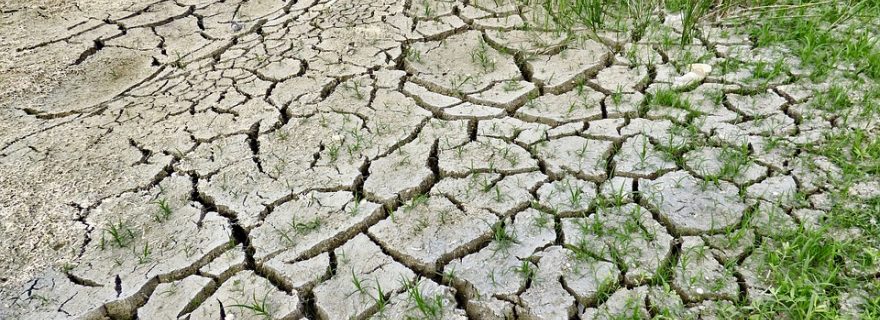The Complex Relationship Between Climate Change and Conflict
Climate change poses a threat to peace and security; but we have yet to understand how and why it leads to violent conflicts in some places and not others.
Climate change is now being classified as ‘the mother of all security problems.’ Recently, the United Nations Security Council (UNSC) identified it as a driver of conflict across West Africa and Sahel. Despite these recognitions, the international community is still unable to have a consensus on how climate change leads to conflict, and why some places are more susceptible to its effects than others.
Key elements of the climate change-conflict debate
Before exploring the complex relationship between climate change and conflict, we need to understand two key elements. First is that the implications of climate change vary across time and space. It acts as a threat-multiplier, directly exacerbating the existing political, economic, social and environmental vulnerabilities of the people. Certain areas are particularly susceptible to this phenomenon. The Sahel, for instance, is dubbed ground zero for climate change due to its highly vulnerable population and extreme climatic conditions. The second element is that there is an urgent need to expand the focus into subnational level when discussing the impacts of climate change. Climate change might have wider implications for other forms of political instability such as communal conflicts, which are generally seen as likely outcome of environmental stress than large-scale violence.
Climate change, human response and social conflict
Communal conflicts are fought between communally-identified groups along ethnic, linguistic and religious lines. In Africa, the concepts of ethnicity and livelihood are closely linked to one another. As a result, climate-related conflicts are often observed among different land users (e.g. farmers vs. herders), who fight over access to resources such as land, pasture and wells. In an attempt to understand the factors that link climate change to communal conflict, my research on Mali and Burkina Faso has found that horizontal inequalities and resource scarcity are important frameworks to include in climate-conflict discussions as they incorporate the issues of access, distribution and marginalization into conflict models. Land, for instance, is extremely important in both countries. In Mali, 80% of the labor force is occupied by agricultural activities, which make up approximately 50% of the country’s GDP. Despite its heavy dependence on agriculture, the suitable land for it only constitutes to 14%, making sustainable land management a key concern.
Similarly, agriculture in Burkina Faso involves 80% of the active population, accounting for almost 40% of the entire GDP. In both places, climate change, in the form of drought, floods, extreme weather events and overall decrease in rainfall, has destroyed large segment of livestock and led to widespread food shortages, threatening not only food security but also livelihood security of communities. Additionally, the patrimonial political structure that is widespread in Africa, divides ethnic communities based on their political relevance and irrelevance, deciding who has access to what, when and where. This combination of decline in the availability of natural resources, as well as various forms of inequality shapes the interactions among ethnic groups vis-a-vis social grievances, and their reactions to scarcity and distributional matters.
Overlooked factors in climate-conflict nexus
Furthermore, my research has discovered that there are other, overlooked, factors that might be important for climate-conflict dynamics. One of them is the existence of a strong social capital. This, in the form of interpersonal trust and associational life, could lay the foundation for civilian agency, which could influence individuals’ attitudes towards violence, and lead to actions that mitigate violence in the context of tension. If social capital is weak or lacking within communities, then it might be more likely to see grievances turning into violence. Another factor is the existence of local institutions for resource management. This is in line with the ‘common property resources’ (CPR) debate, which highlights the importance of community management for natural resource access and allocation. Local institutions can play a significant role in shaping people’s adaptive capacities in the face of changing landscape, and mitigating tensions between different groups. As such, in places where local institutions fail to address grievances and tensions among people, communal conflicts are expected to be observed.
These factors are not, and should not be treated as, exhaustive. These findings confirm that it is exceedingly difficult to pinpoint the exact causal relationship between environmental change, human response and social conflict. However, through careful and context-specific assessments, it is possible to identify the factors that are important for climate change-conflict nexus, and to develop sustainable solutions that are unique to social-ecological systems.


